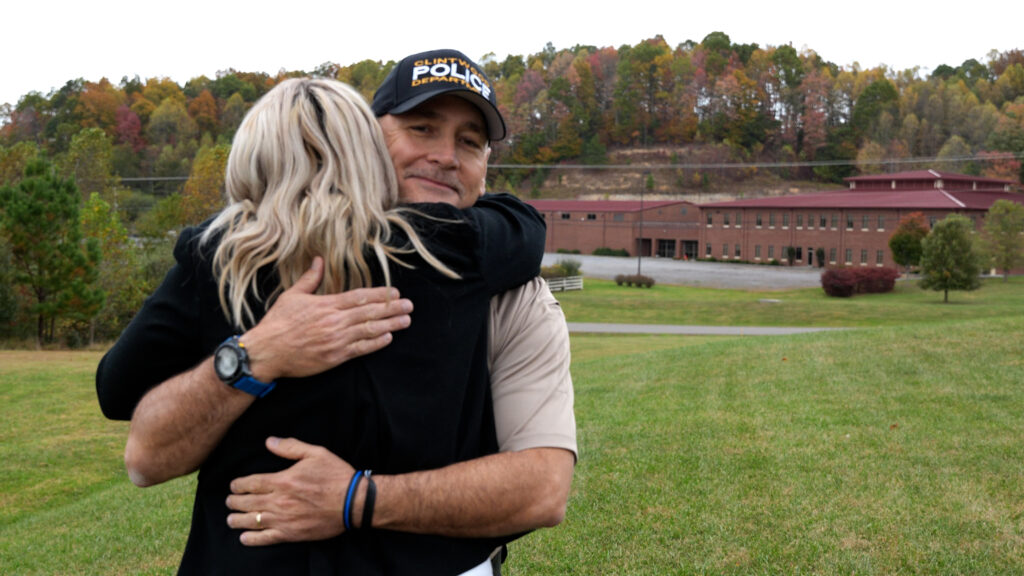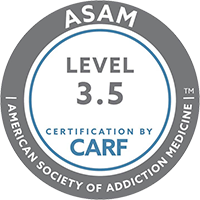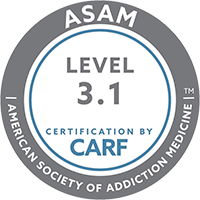
Article originally appeared in the Winter 2024 issue of Living Recovery. To view the full magazine, click here.
In the quiet town of Clintwood, Virginia, time seems to stand still. Two decades ago, its tranquil streets witnessed the beginning of a tumultuous journey for so many, including Mia Stanley. Her addiction started innocently enough: a casual experimentation with OxyContin in 1999 — a small ripple that would soon turn into a tidal wave of trouble.
“From the first time, that was pretty much it,” Mia reflected.
“I pretty much fell in love with it.”
Clintwood police officer Chris Yates, a family friend, witnessed the destructive path firsthand. The little girl he’d watched grow up had become unrecognizable. Her encounters with law enforcement were frequent, a predictable cycle of asking for money or evading arrest.
Then, one day at the local Pizza Hut, a seemingly ordinary outing turned into a profound moment of redemption. Mia, unrecognizable to Officer Yates and those who had witnessed her decline, walked through the door.
“As we were getting ready to leave, the server came over and told us our bill had been taken care of by Mia and her two co-workers from ARC,” said Officer Yates. “As I went over to thank the group, [Mia] asked, ‘You don’t know who I am, do you?’”
Officer Yates says it was like he traveled back in time 30 years. A profound transformation had taken place. The little girl he knew all those years before had found recovery and discovered a new lease on life.
“I am now seeing the next generation be raised here in Clintwood,” said Mia. “Some of my friends growing up now have kids who have overdosed. I want to see recovery here. I want to save lives.”
Mia now works for Addiction Recovery Care (ARC) and is a shining example of how treatment can provide the hope and purpose needed to rebuild lives and families. She shares her story, hopeful it will lead people to recovery and transform her community for generations.





